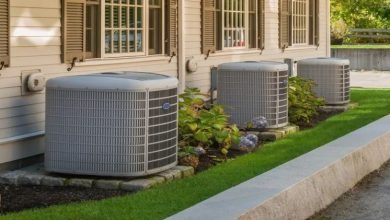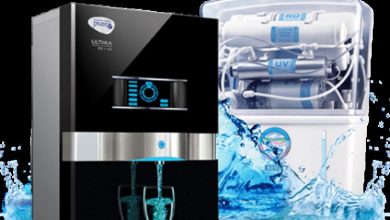What You Should Know About Condensation Free Glass For Windows

If you’re looking for some condensation free glass for your windows, there are a few things you should know. You don’t have to replace the whole window, and there are even options for low-emissivity glass and desiccant-free glass.
Low-Emissivity Glazing
Low Emissivity glazing for windows is a technology that helps reduce the transfer of heat from one room to the other. This makes a building more energy efficient, which can lower monthly utility bills. There are different types of low emissivity glazing for windows, and each is designed for a specific climate. They have a special coating on one surface of the glass that allows visible light to pass through. But, they also block ultraviolet (UV) and infrared (IR) light.
The amount of UV and infrared radiation a window blocks is measured on a scale from 0 to 1. Choosing a window with a high VT will admit more natural light into the home. In addition, a low emissivity coating can increase the insulating properties of a glass window. It helps prevent heat from escaping your home in colder climates. In addition, it can reduce the heating and cooling costs associated with maintaining a comfortable temperature in your home. If you live in a hot climate, it can help keep you cool in the summer.
Desiccant-Free Glass
Window desiccant is an absorbent material used to maintain moisture levels in insulated glass units. It is designed to keep moisture inside the unit from leaking out and fogging the windows. The right type of desiccant can prolong the life of insulated glass and the windows that are made with it. Window manufacturers can choose from several options. They can use a variety of materials such as clay, silica gel, or aluminosilicate.
Desiccant application sheets can be packaged in airtight plastic film and rolled up. Sheets can also be welded to create welded spacer tube sections. Typically, the spacer section tubes are filled with a desiccant application to prevent window fogging. A more efficient and cost effective method is to use zeolite. Zeolites are known to absorb residual water that can accumulate during construction and degradation of other materials.
Another option is a molecular sieve. Molecular sieves are designed to absorb moisture efficiently. They are comprised of aluminosilicate and work best in a relatively warm climate. However, they are also the most expensive.
Double Or Triple-Paned Windows
When building a new home, you’ll want to look into options such as double or triple-paned windows with condensation free glass. This type of window can help save on energy costs and improve your home’s energy efficiency. However, condensation free glass for windows is important to choose the right option for your needs.
Double or triple-paned windows with condensation-free glass can help prevent freezing in the winter and maintain a comfortable temperature in the summer. They can also reduce the need for air conditioning and heating in the home. In addition, the extra pane of glass will create an insulating barrier, which will keep your home warmer.
Double or triple-paned replacement windows are also effective at controlling the flow of convection currents, which helps to reduce drafts. Additionally, they can help to maintain higher indoor humidity. These types of windows are a good choice for people living in areas with harsh winters. Compared to standard double paned windows, these are more durable and insulated.
Problems With Vacuum Glazing In Heritage Projects
Vacuum glazed windows for building renovation is commonly understood to be two parallel glass panes that are set far apart from each other, and that feature a narrow gap. This type of glazing is renowned for its ability to reduce the heat transfer between the inside and the outside of the building. It also minimizes conductive and convective heat transfer. These features make vacuum glazing a popular choice in the construction of heritage projects. But despite its benefits, it has some drawbacks. For example, it is difficult to manufacture hermetic materials, which are expensive and require the use of toxic substances.
One possible solution to these problems is the development of fusion edge-sealed vacuum glazing. Fusion edge-sealed glazing uses a technique that consists of textured coating the surface of the glass with a B2O3 and/or Sn mixture, and then fusing this layer with a hard alloy. The result is a 0.15 mm thick cavity that prevents moisture and gas leaks.
Last Word
Condensation free glass for windows is designed to keep the interior of a home dry and comfortable. But, if you have windows that aren’t properly sealed, condensation can build up on the inside of the window. This can cause mildew and water damage. It can also be a nuisance.





